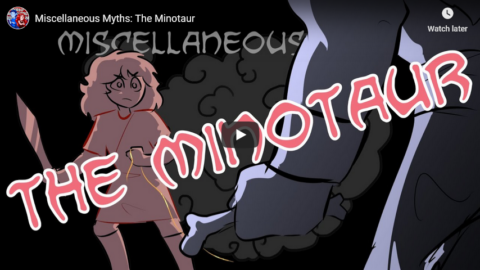Felipe Fernández-Armesto is not a fan of printed recipes, for they quash the creative, adventurous spirit he feels is required for proper cooking:

“The Joy of Cookbooks” by shoutabyss is licensed under CC BY 2.0
I believe in freedom and one of the reasons for my hatred of recipes is their peremptory, commanding tone, as if the writer knew the only way to fashion the dish. Variants from the inflexibly regimented columns of most cookbooks are made to seem like heresies.
Recipes are typically officious and pettifogging, treating readers as idiots, who don’t know how to suit their own taste or adjust traditions.
Many read like nursery-school arithmetic: add x amount of flour and y of milk to z of butter to produce a predictable outcome. Creativity and adventure get no badge. By specifying quantities, the teacher robs cooking of its status as art and turns it into drearily certified schoolkid-science.
Doctrinaire cuisine is dangerous. Friendships founder and marriages crash over differences about whether — for instance — to put onions in Spanish omelette or chillies in curry, or disputes over whether eggs are better scrambled in a deep or shallow dish. I’m happy to leave chacun à son goût in almost everything.
If you want to marmalade your kippers or make mayonnaise with sunflower oil, I’ll despise your mind and denounce your taste, but I’ll defend your right, as thoroughly as if you wanted to vote Republican or learn line-dancing. I’ll tolerate tinned tomatoes in ratatouille, as long as I don’t have to eat it, or rose veal in Wiener schnitzel, or even honey instead of molasses in baked beans.
But there are some abominations that are destructive of happiness, because they deprive eaters of opportunities of enjoyment, or turn wonderful ingredients to waste. Most of them occur in recipes exposed to the internet, where nannies write for nincompoops.
















